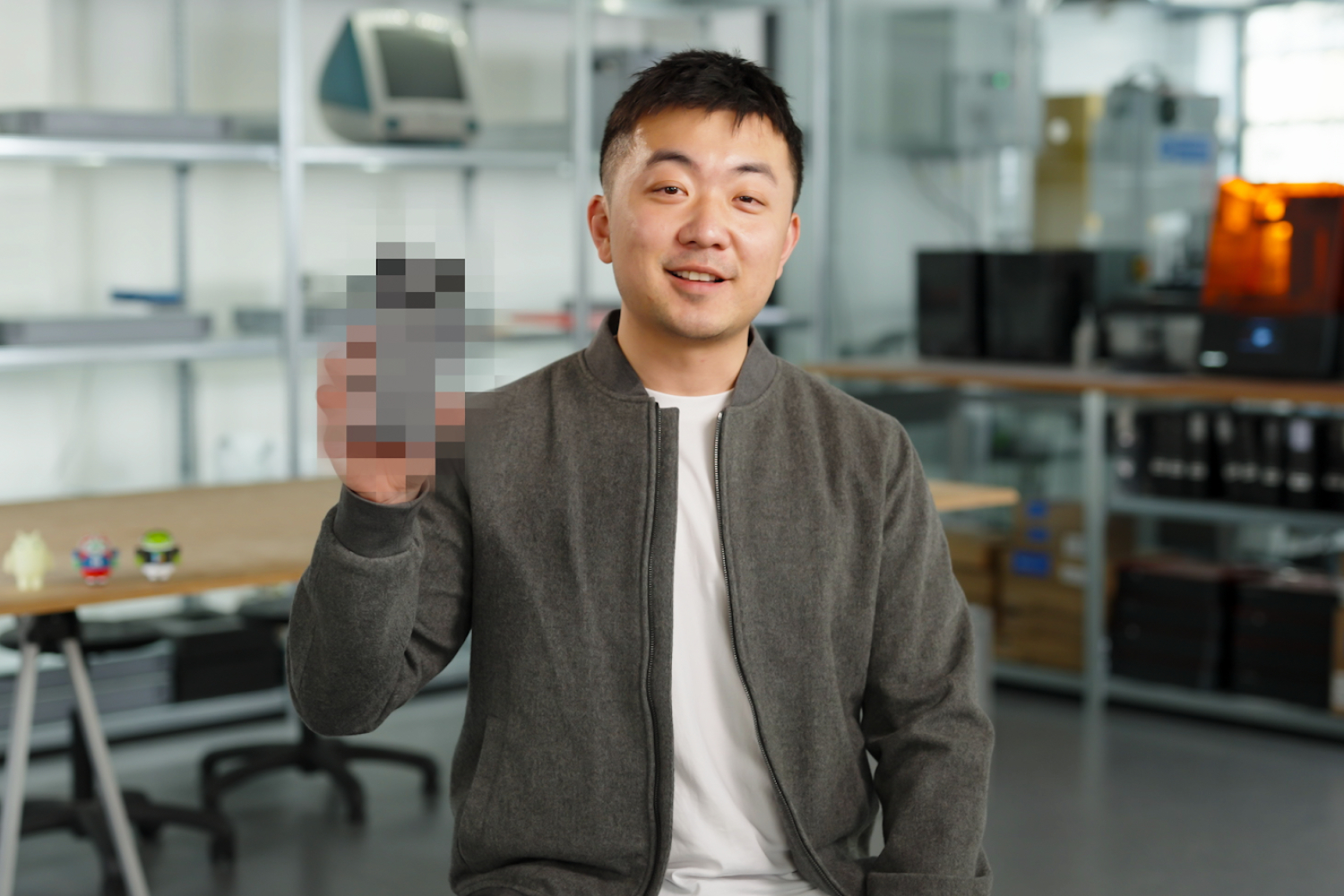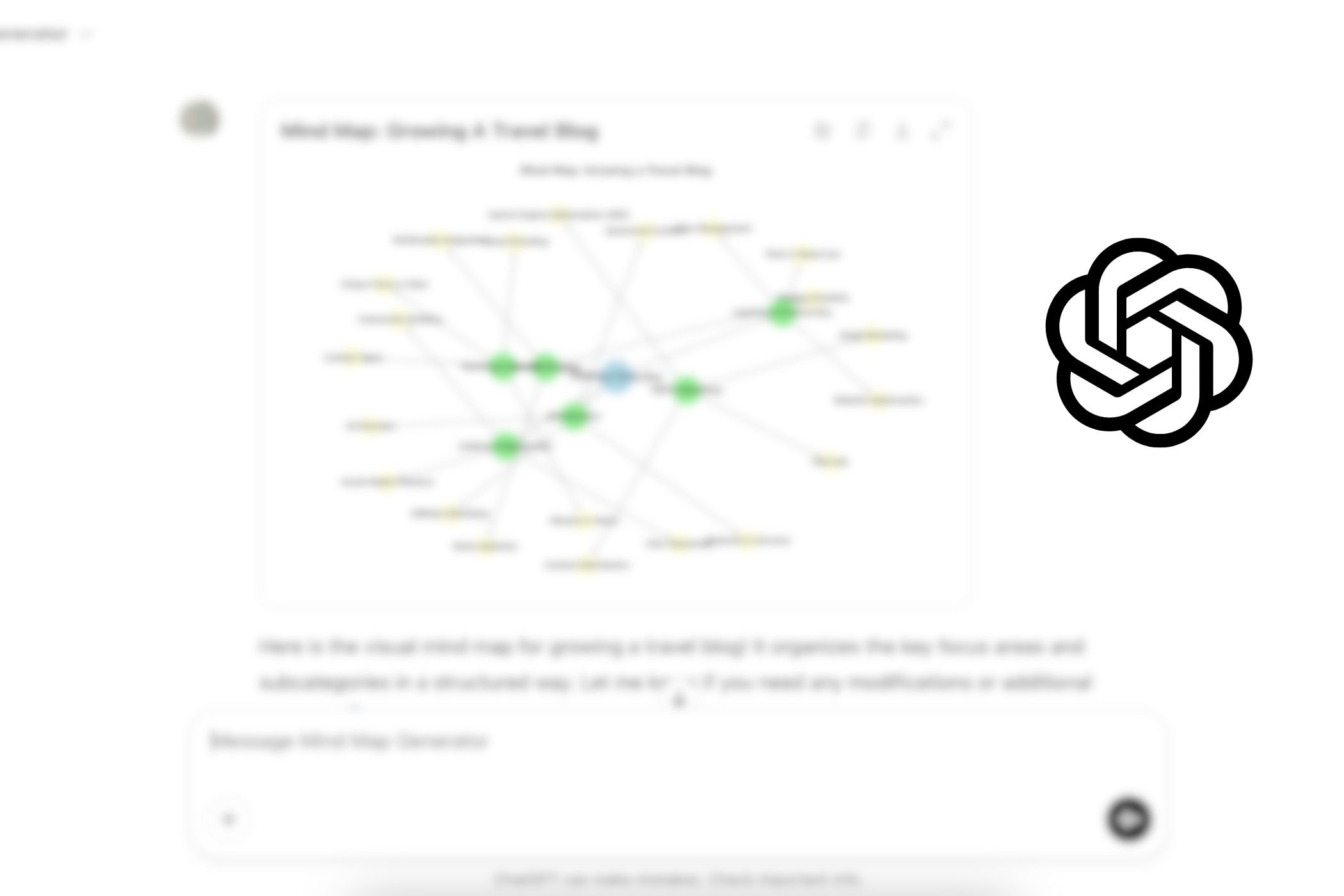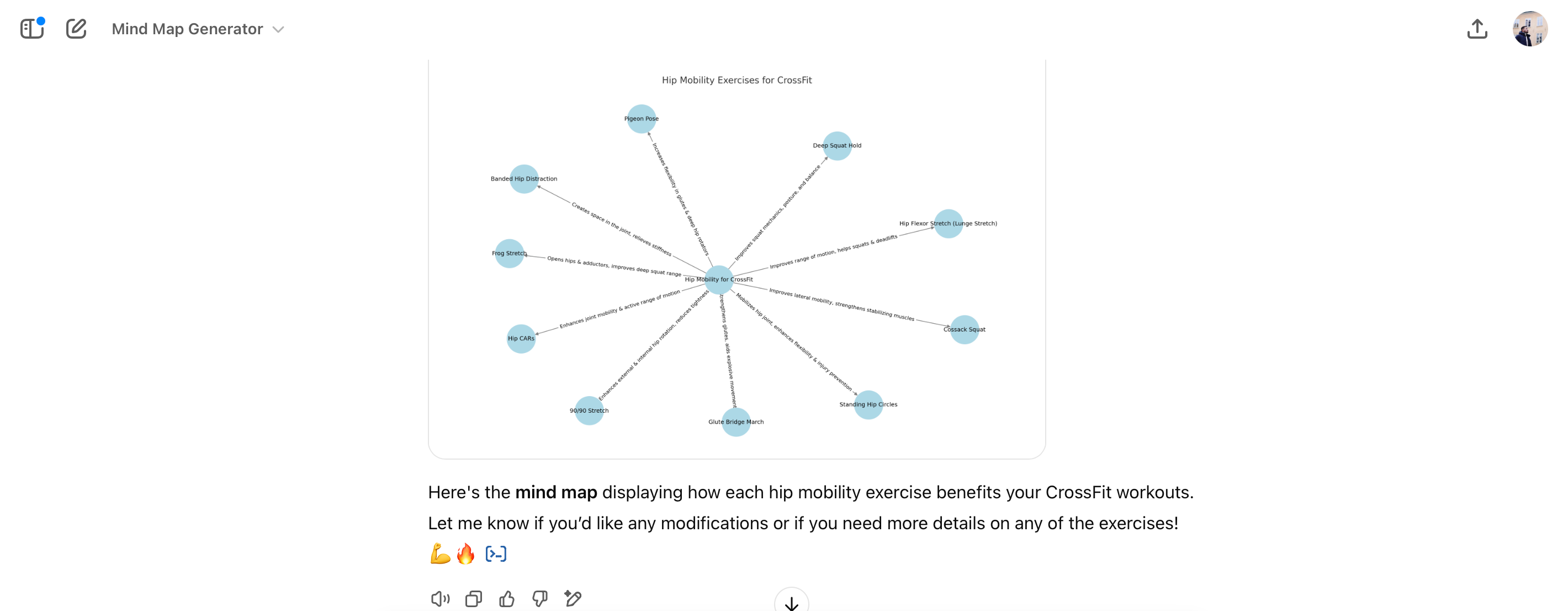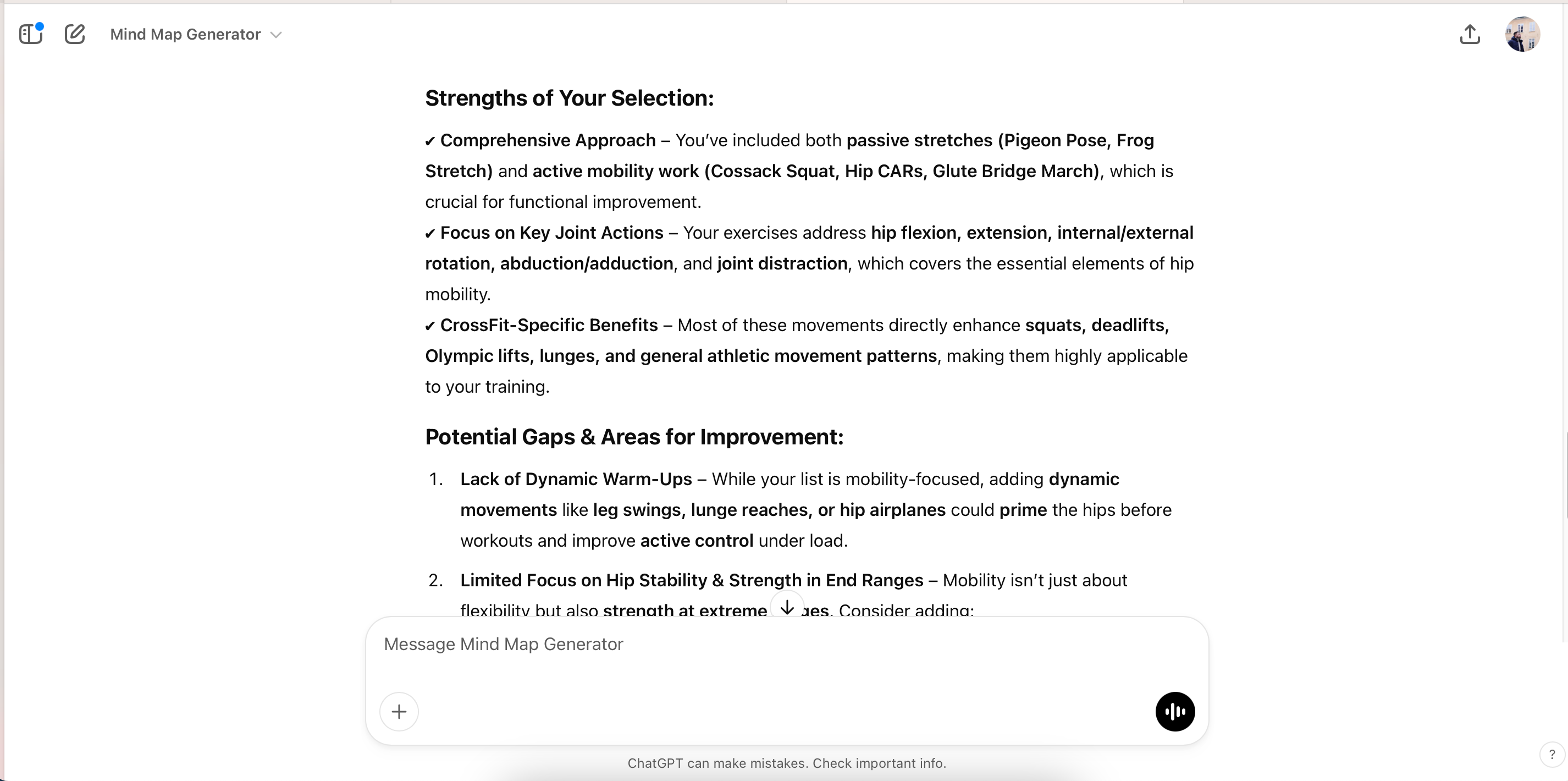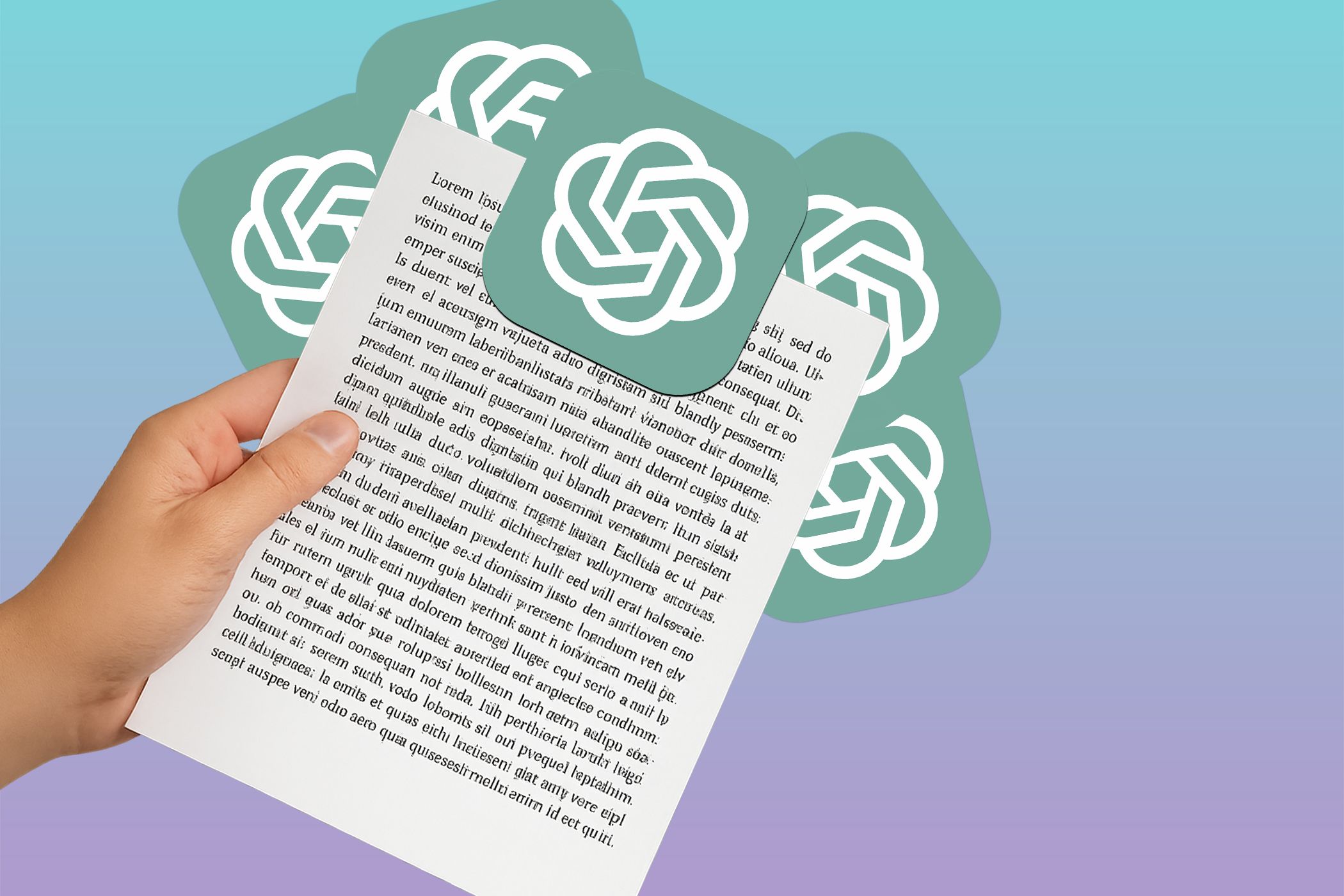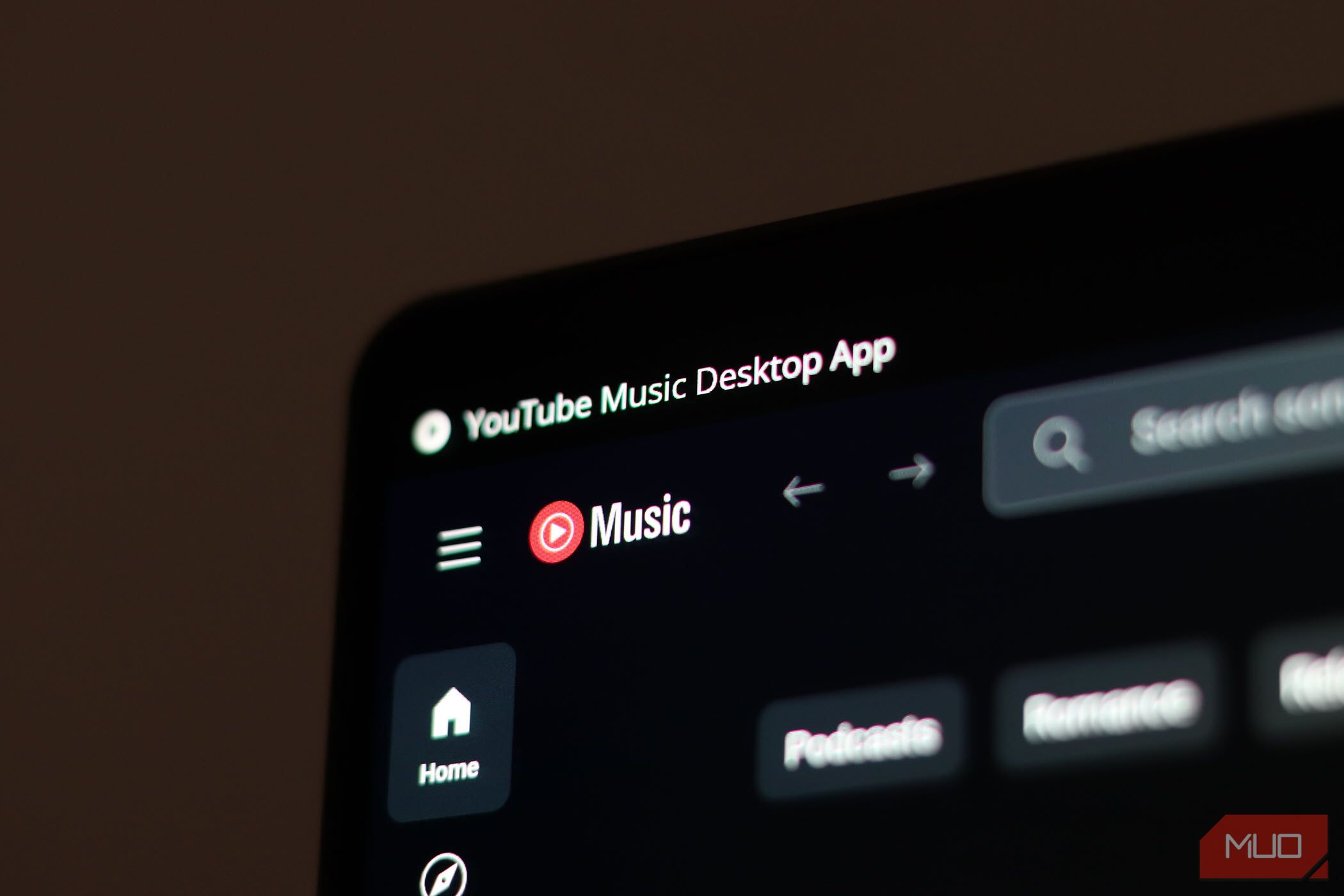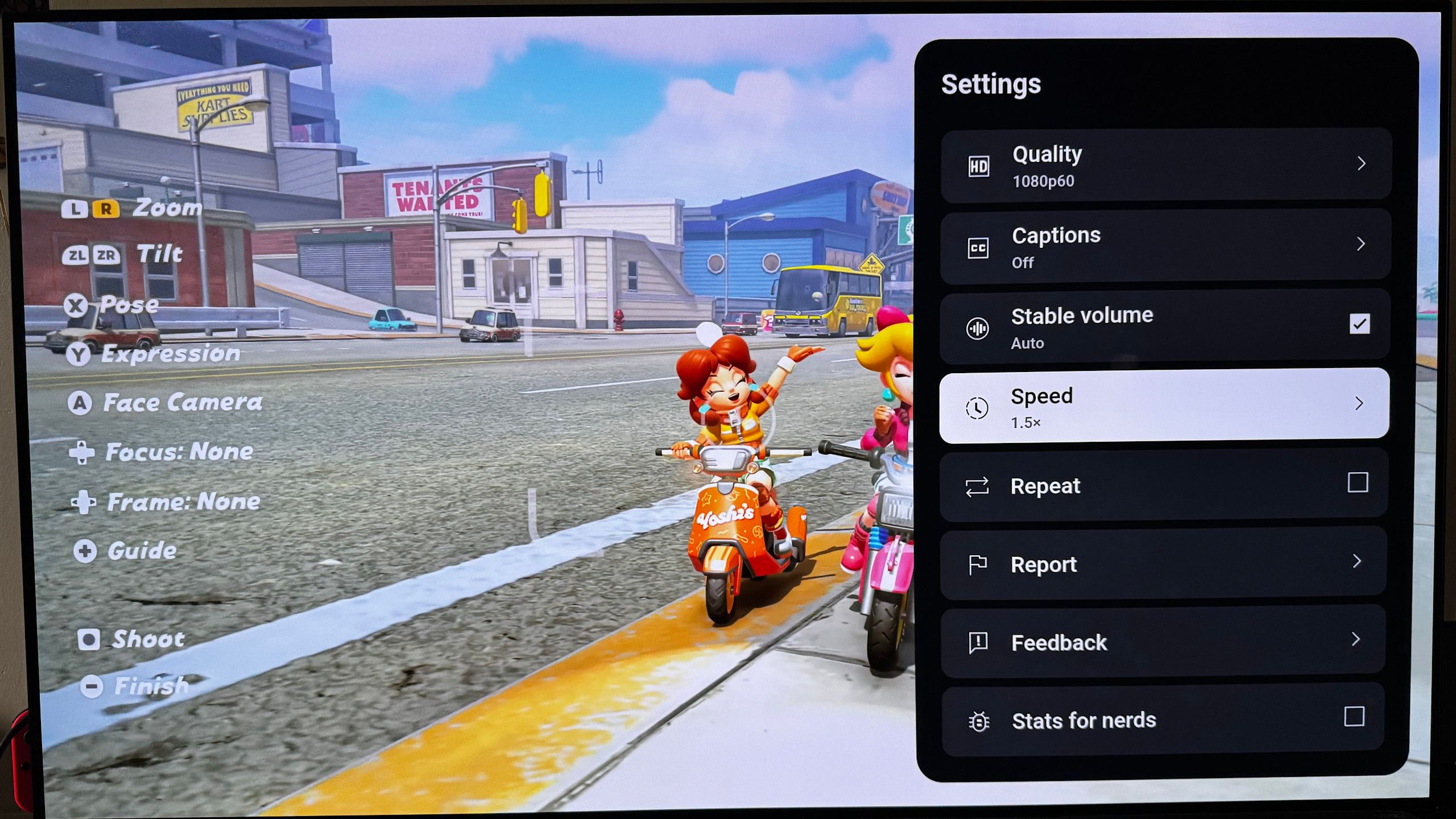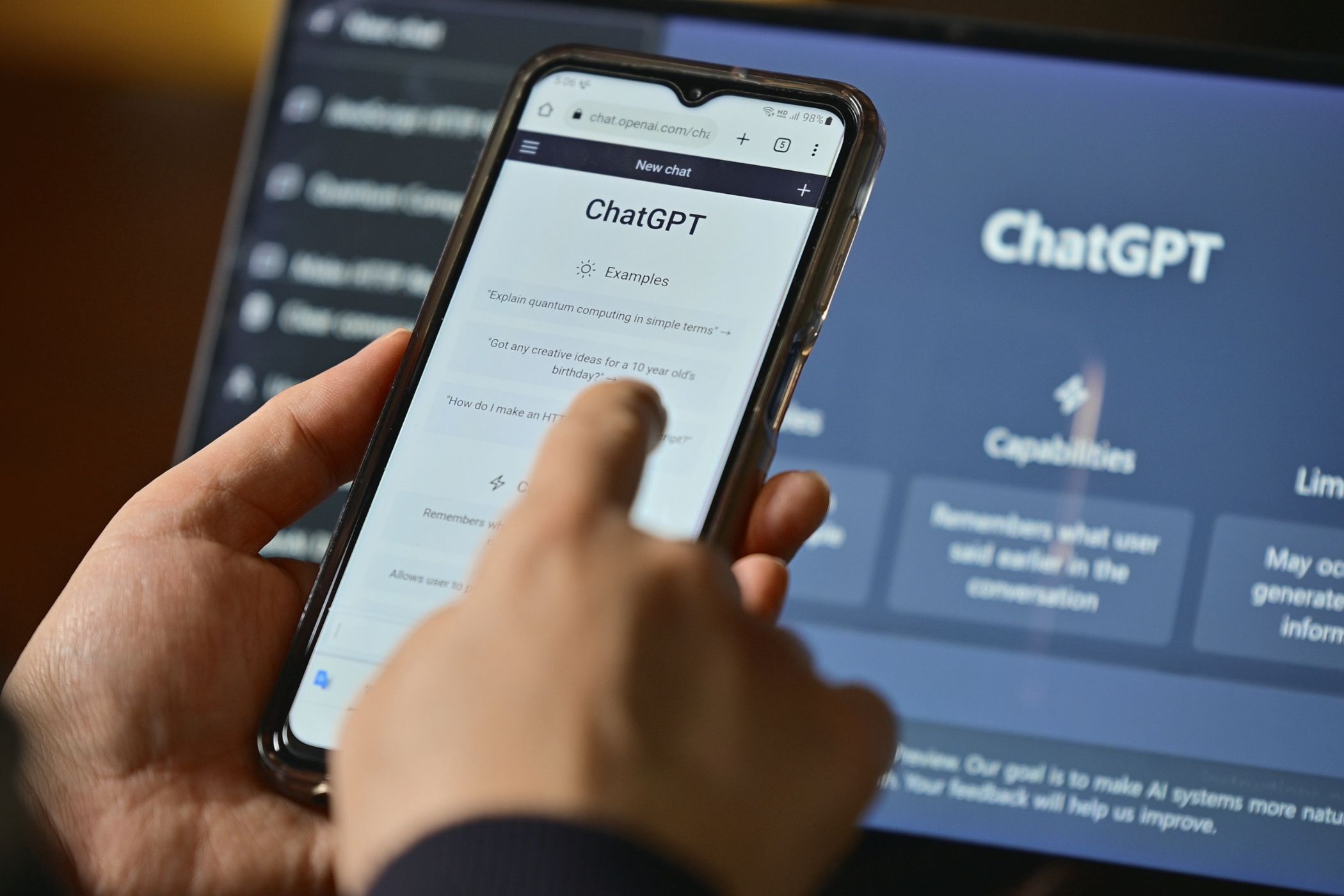After struggling with basic results, I’ve unlocked ChatGPT’s hidden brainstorming potential with simple tweaks. Breaking down my sessions into smaller chunks and using specific brainstorming techniques are just two of those ways.
1
Explicitly State the End Goal
Being as specific as possible is one of the simplest AI prompting tricks that I’ve applied to my brainstorming sessions. I explicitly tell ChatGPT why I’m brainstorming so that the chatbot has more context.
I also tell ChatGPT where I plan to use the information I get from brainstorming (e.g. in an article or for a research project). Doing both of these means that I get more tailored results. Asking ChatGPT to be an expert can help even further.
2
Telling ChatGPT to Wait Before Giving Information
I’ve noticed that ChatGPT sometimes intervenes with its thoughts before necessary. When brainstorming, I always found this overwhelming—which led me to search for solutions. So far, telling ChatGPT to wait before giving its input has been the best way to do this.
I simply add this sentence at the end of my prompts:
Please don’t share your ideas until I tell you to.
If I need to explain something in significant detail, I’ll add this sentence until I’m ready for ChatGPT to provide input. My sessions are better structured as a result.
3
Using Bite-Sized Sessions
My excitable old self would ask ChatGPT to give me 40+ ideas in one go. But while I thought I was being more efficient, this actually worked against me for two reasons:
- ChatGPT gave me limited variations and many responses felt like filler content.
- Even though I have a ChatGPT Plus subscription, my software often crashes when generating long responses.
To combat these problems, I now break my brainstorming sessions into smaller chunks. I focus on one subcategory at a time, obtaining as much information as possible before moving on.
ChatGPT can focus more closely on these and give better results by asking for fewer things at a time. The conversation also flows much better.
4
Use Specific Techniques
While ChatGPT is good at standard brainstorming, I like to push the chatbot to its limits. I ask the tool to use specific brainstorming and conceptualization techniques to do this.
Filling gaps is one of the best ways to use ChatGPT for brainstorming. If my brain is particularly creative, I jot down numerous ideas. Then, I go to ChatGPT with this prompt:
Here’s what I have so far for my brainstorming: [List of Topics]
Based on the information I’ve provided, can you identify any possible gaps I should consider filling?
I also use Custom GPTs so that ChatGPT can generate mind maps. I first receive everything in written form and then ask the tool to create a visual representation. Though too much text can distort the mind map, I recommend using this method in most instances.
5
Assess Brainstorming Ideas Objectively
Biased answers are one of ChatGPT’s biggest problems, but I’ve prevented this by asking it to give honest responses. I now ask ChatGPT to objectively give honest feedback on my brainstorming ideas. A simple prompt like “please be as honest and neutral as possible” normally helps.
Once I have the feedback, I can ask ChatGPT for suggestions. This information also makes it easier for me to generate new ideas and develop stronger concepts.
ChatGPT is an excellent brainstorming companion. It can help you uncover new avenues you might never have considered. I normally get at least one useful idea from my brainstorming sessions, and when I have more to work with, I can start thinking about new interesting approaches myself.
